Potty Training at Nap Time: 11 Tips for Success
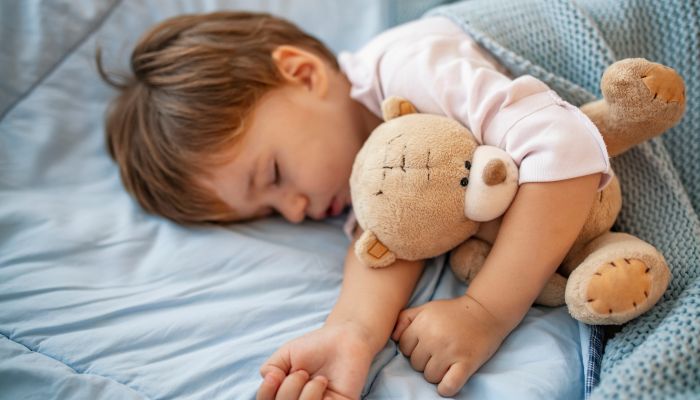
- Many children become ready to potty train at nap time between the ages of 2 and 3.
- You don’t have to wait for dry nap time diapers before starting to nap time potty train.
- Roleplay, praise, and reward charts make the potty training process fun.
Are you just about to start potty training and wondering what to do about naps? Or, maybe your toddler is already daytime potty trained, and you’re wondering if it’s time to put them down for a nap without a diaper?
The great news is that there’s a simple way to find out if they’re ready for nap time potty training. There are also lots of amazing tips that’ll make the process fun and easy.
Potty Training at Nap Time: Is Your Child Ready?
Your child will be ready for nap time potty training when they can hold their pee for the length of the nap and wake up when they need to go to the toilet.
It’s not as simple as waiting for dry diapers during naps, as many potty training children hold their pee until their diaper is on. Instead, judge readiness by their age and bladder capacity, which is easier to work out.
Age
To stay dry when they’re asleep, your child’s bladder needs to be able to send a signal to their brain that’s strong enough to wake them up and tell them they need to go potty. Potty training skills develop with age, so the older your child is the more likely they’ll be able to stay dry during naps.
| Age | Readiness to Nap Time Potty Train |
| Under 2 | It’s unlikely your little one will be developed enough to reliably stay dry during naps. If you’ve started potty training and are worried about confusing your toddler, you could use training pants or pull-ups as an alternative to diapers during naps. They protect the bed but will still let them feel like a big kid. |
| 2 to 3 | Your child will start to develop the ability to wake to pee between 2 and 3. If your toddler has short naps, or you’ve noticed that their diaper is often dry after naps, then give nap time potty training a go. |
| Over 3 | Once your toddler is over 3, they may be developed enough to be nap time potty trained. Leaving them in a diaper at nap time could slow down their potty training progress. They might start holding their pees and poops for nap time or find it confusing. That’s why over 3 is a great age to ditch the daytime diapers completely and switch to underwear. |
Bladder Capacity
So your little one is the right age to potty train—but is their bladder big enough to last their full nap? Little bladders grow at different rates, but the rough capacity can be simply worked out.
Age +1 x 30 = Bladder Capacity in Milliliters
Kidneys make about 60 milliliters of pee in an hour. So, a 2-year-old would be able to hold 90 milliliters of pee and be dry for 1 ½ hours. A 3-year-old could hold 120 milliliters of pee and be dry for 2 hours. If your child’s nap is shorter than these times, then give nap time potty training a go. However, if they love a long nap, stick with diapers for a little longer.

4 Reasons Why Potty Training at Nap Time is Hard
There are a few stumbling blocks that can get in the way of nap time potty training success. As forewarned is forearmed, it’s a good idea to get to know them before you start.
- Confusing Messages
If you tell your child that they’re a big kid now and don’t need diapers anymore, they may be confused when they’re back in one for their nap. Decide what they’re going to wear during naps before you start daytime potty training. Make it clear from the start to avoid any confusion and bedtime tantrums later, especially when potty training a stubborn toddler.
- Muscle Memory
Your child has probably spent at least 2 years using diapers. So, when a diaper goes on, they might pee or poop without thinking about it. It can be frustrating for you both, but it’s not their fault. Making sure whatever your toddler wears for their nap feels different from their normal diaper will stop muscle memory from kicking in.
- Accidents
Accidents are difficult for two reasons. Firstly, they mean more laundry and potentially replacing an expensive mattress. Secondly, if your child has too many accidents, it may become normalized. This creates a very difficult habit to break. If you’re changing the sheets every day, consider waiting a while to start potty training during naps or switching to pull-ups.
- Losing Sleep
Sleep is so precious. Every nap is an opportunity for you to catch up on chores and enjoy a moment’s peace. Rest is also vital for your toddler’s development and mood. If they wake up needing to pee, they’re unlikely to go down again after a trip to the bathroom. Aim to start the potty training nap time process at a calm time with no other big milestones on the horizon.
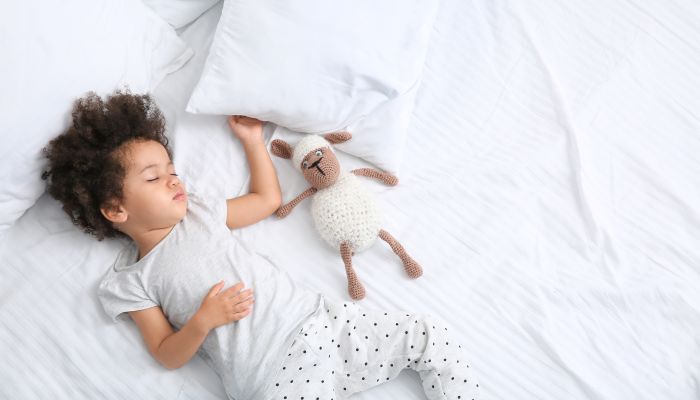
11 Tips for Potty Training at Nap Time
Now you know what not to do, it’s time to check out the top tips of things you should do to achieve those dry naps. Note that many of these tips can be used at night time as well.
- Potty Routine
Build the potty into your child’s nap routine by making it part of your potty training schedule. It should be the last thing they do before your toddler goes to sleep and the first thing they do when they wake up.
- Potty in the Bedroom
Put a potty in your little one’s bedroom, so they don’t have to go all the way to the bathroom if they wake up. This might keep them sleepy enough to return to their nap. At the very least, it will make the journey to the potty shorter if they wake up desperate to go.
- Roleplay
Teach your child what to do if they need a pee during their nap. They should know that they can get up by themselves, use the potty in their room, wipe, and go back to bed. Roleplay it together or use a potty training doll to act it out.
- Bare-bottoms
If your little one is over 2, put them down for their nap with a bare bottom. Naked potty training feels so different from their usual diapers that it’ll overcome their muscle memory and remind them not to pee in bed.
- Training Pants
If your child is under 2 or accidents are happening more often than not, using training pants instead of underwear is a great solution. They’re absorbent big kid pants that feel different from diapers, so won’t trigger muscle memory. However, they won’t absorb as much pee as a diaper, so be prepared for leaks.
- Double Wrapped Bed
Preempt accidents by double wrapping the bed. Use a waterproof layer, sheet, second waterproof layer, and second sheet. After an accident, remove the top 2 layers and voilà! You’ll have a ready-made bed.
- Switch the Brand
If your little one is wetting every nap time, even through training pants, it’s OK to stick with diapers. A great tip is to switch the brand or style. The different feeling might remind them to get up and go potty instead of using their diaper.
- Water
As with night time potty training, only give water or milk for 2 hours before a nap. The sugars in juice irritate the bladder and will make accidents more likely.
- Shorten Naps
If your child is napping for longer than 2 hours, they might find it hard to stay dry. Consider shortening their nap and waking them before they pee.
- Rewards
Praise and potty training rewards are great motivators for kids. Try a potty training chart and a big cuddle for every dry nap.
- Stay Positive
We’ve saved the most important tip for last. Potty training is frustrating, mattresses are expensive, and sleep is so precious. But, it won’t help for your little one to know this.
Keep potty training fun. Deal with wet beds as if they’re no big deal. Cuddle away any tears and never punish or scold your child for having an accident. Building up their confidence is key to their success in using the potty, as well as dry nap times.
We hope these top tips help you toward a stress-free potty training journey. Just think, pretty soon you could be ditching the pull-ups, and your little one might even use the potty at night time. And that’s one less thing to interrupt your well earned rest.
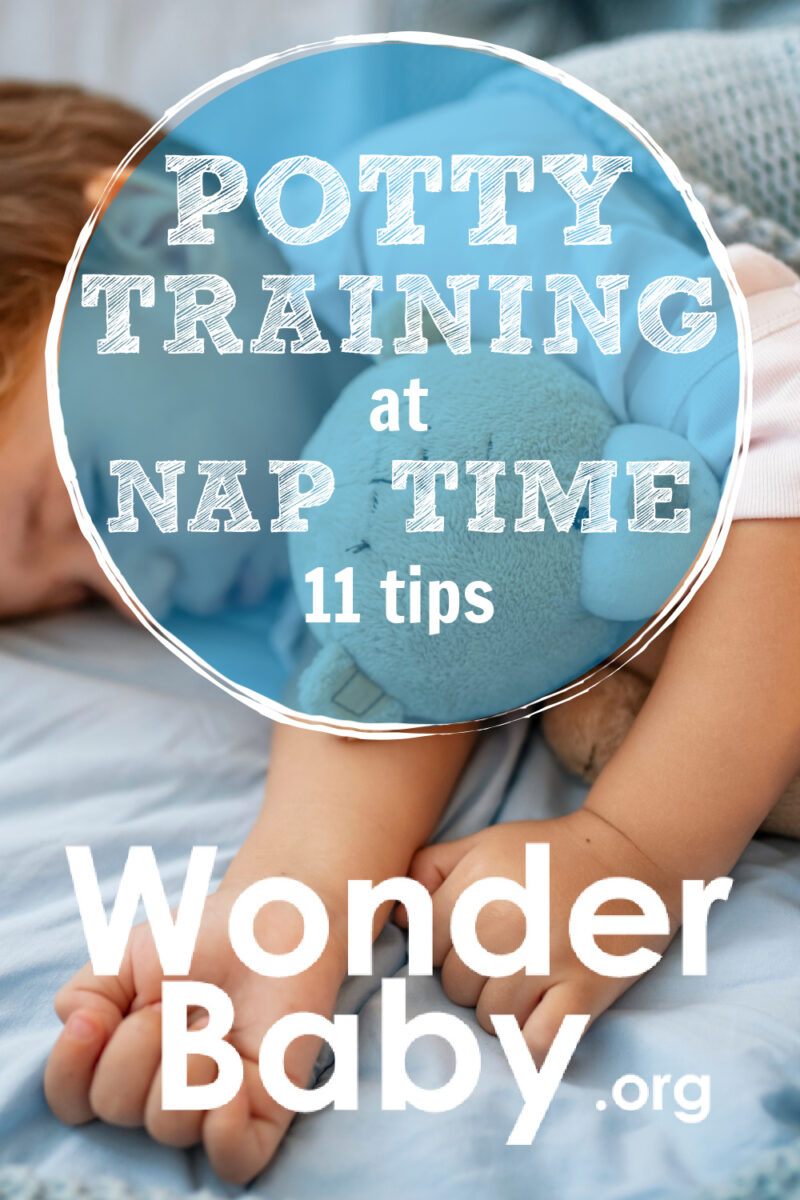
Related Posts
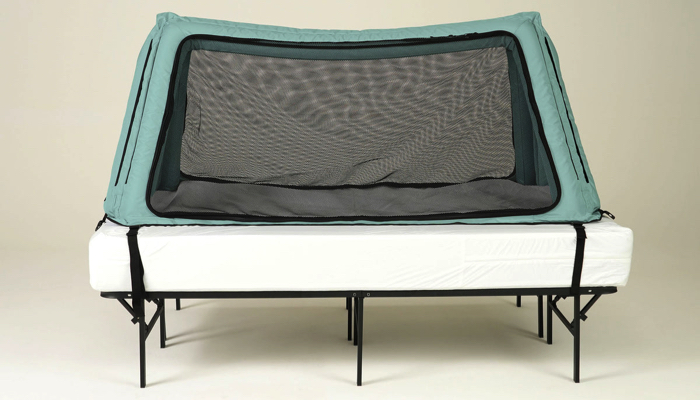
Sleep, Special Needs
Safe Place Bedding Travel Bed Review
Traveling with a special needs child can be stressful! Having a safe, durable, and easy to use travel bed can make traveling so much easier!
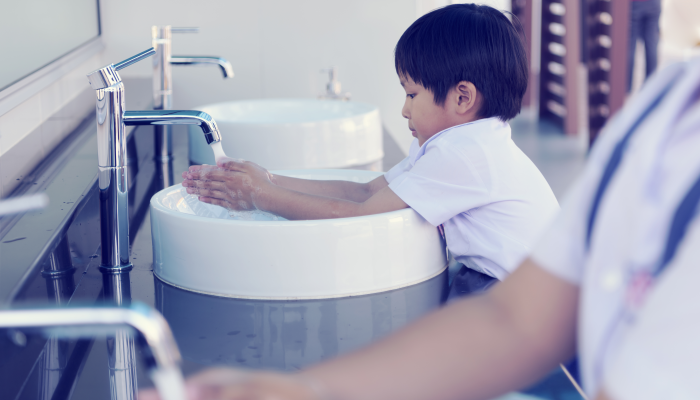
IEPs, Potty Training
7 Sample Toileting IEP Goals
Toileting IEP goals should address the specific needs and abilities of each child. Be flexible and patient as your child works on their toileting skills.

Sleep, Special Needs
Sleep Regimen for Premature Babies: Special Considerations
It can take premature babies much longer than their full-term peers to sleep for long stretches. A preemie sleep schedule may encourage better sleep.